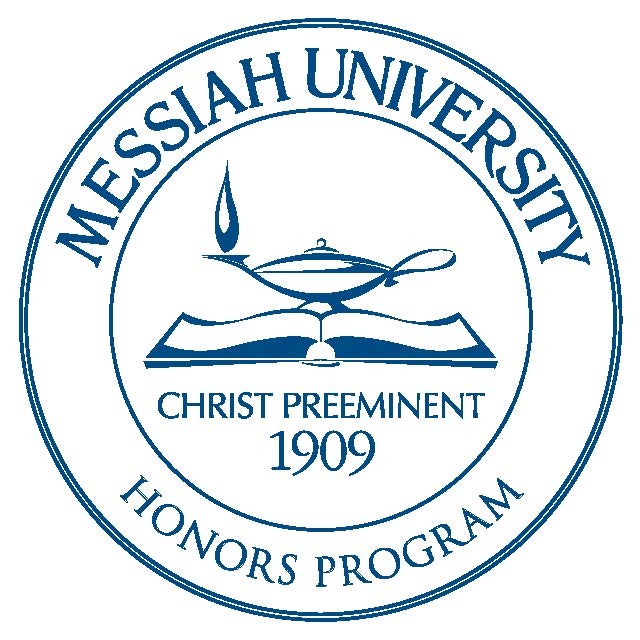Date of Award
Spring 2023
Document Type
Open Access Thesis
Department
Chemistry and Biochemistry
First Advisor
Jesse Kleingardner
Abstract
Cytochrome c (cyt c) is a small, stable electron transfer protein with a covalently ligated heme group that has shown promise as a target for catalyst design. Variation of the transition metal in the heme center of cyt c greatly affects the redox potential of the mature metalloprotein, but chemical substitution procedures are costly and difficult to scale. Nevertheless, artificial non-ferrous hemoproteins catalyze an abundance of interesting abiological transformations, and alternative preparation methods would allow for a broader exploration of their properties. Through laboratory evolution and enzyme activity studies, residues responsible for substrate specificity in heme c biosynthesis enzymes have been identified. The mechanism of holocytochrome c-type synthase (HCCS)—the enzyme that catalyzes the covalent ligation of heme to cyt c—is not fully characterized, so rational engineering of the enzyme to specifically attach non-ferrous transition metal-substituted hemes to apocyt c is difficult. Directed evolution allows for the screening of vast libraries of enzyme mutants in a single experiment, making it feasible to rapidly evolve HCCS variants with substrate specificities tuned for non-ferrous heme cofactors. Using a rational approach based on molecular modeling, a selection vector was designed and cloned to modulate cell growth based on covalent heme-attachment. The selection vector was transformed into E. coli alongside a heme uptake vector and a library of HCCS mutants. After transformants were grown in cycles of positive and negative selection, variants were isolated and sequenced to identify dominant mutations conferring non-ferrous transition metal selectivity to HCCS. Verifying the efficacy of this selection system for the directed evolution of HCCS variants will directly enable the tuning of other enzymes involved in cyt c biogenesis. Furthermore, it could enable the retuning of analogous biosynthesis pathways for other covalent heme proteins, unlocking a matrix of new-to-nature biosynthetic heme c-containing enzymes.
Recommended Citation
Smith, Noah Daniel, "An Engineered Artificial Selection System for the Directed Evolution of Unnatural Cytochrome C Biosynthesis Enzymes" (2023). Honors Projects and Presentations: Undergraduate. 435.
https://mosaic.messiah.edu/honors/435



Comments
Created as part of: CHEM497/CHEM498